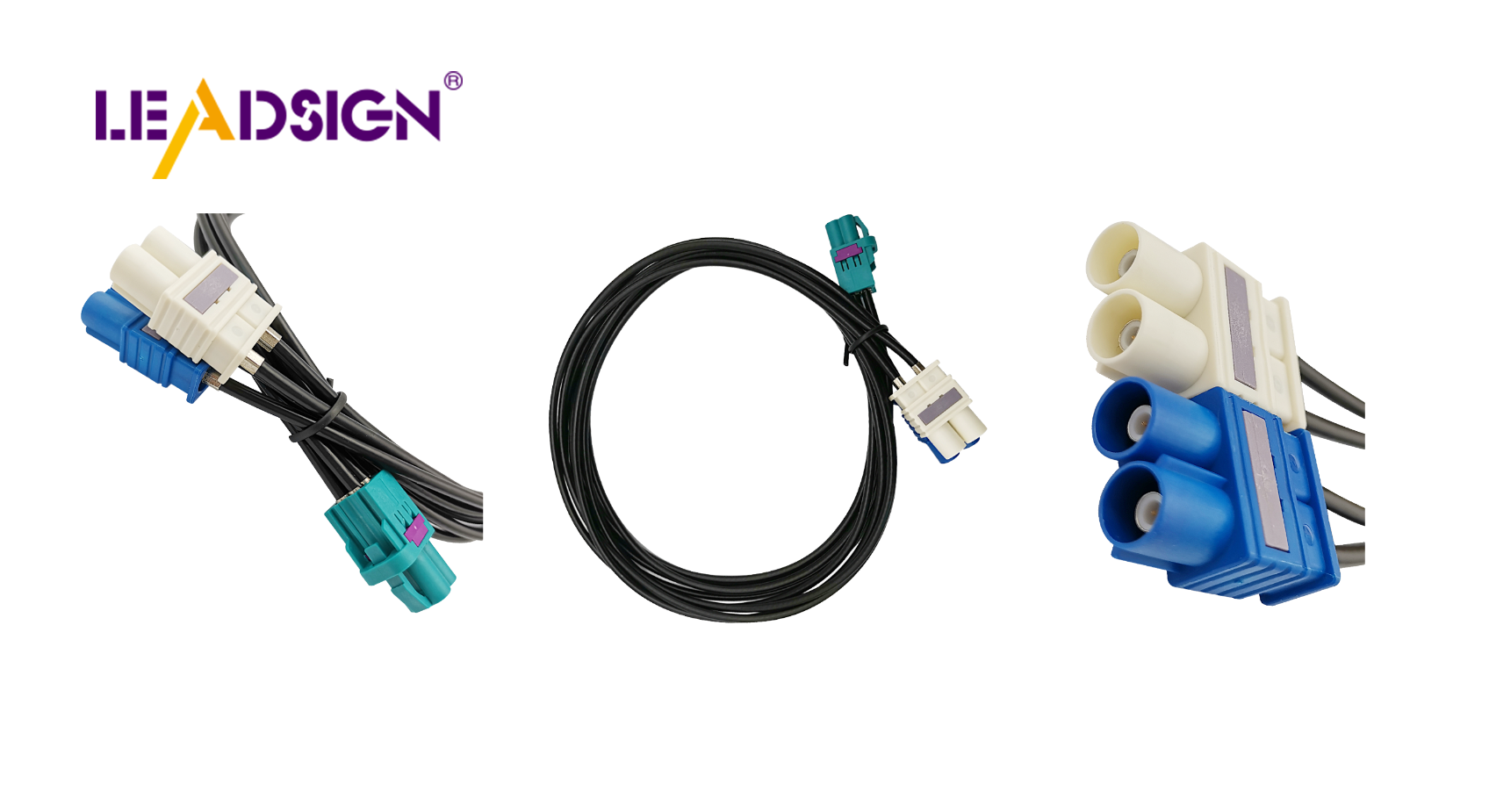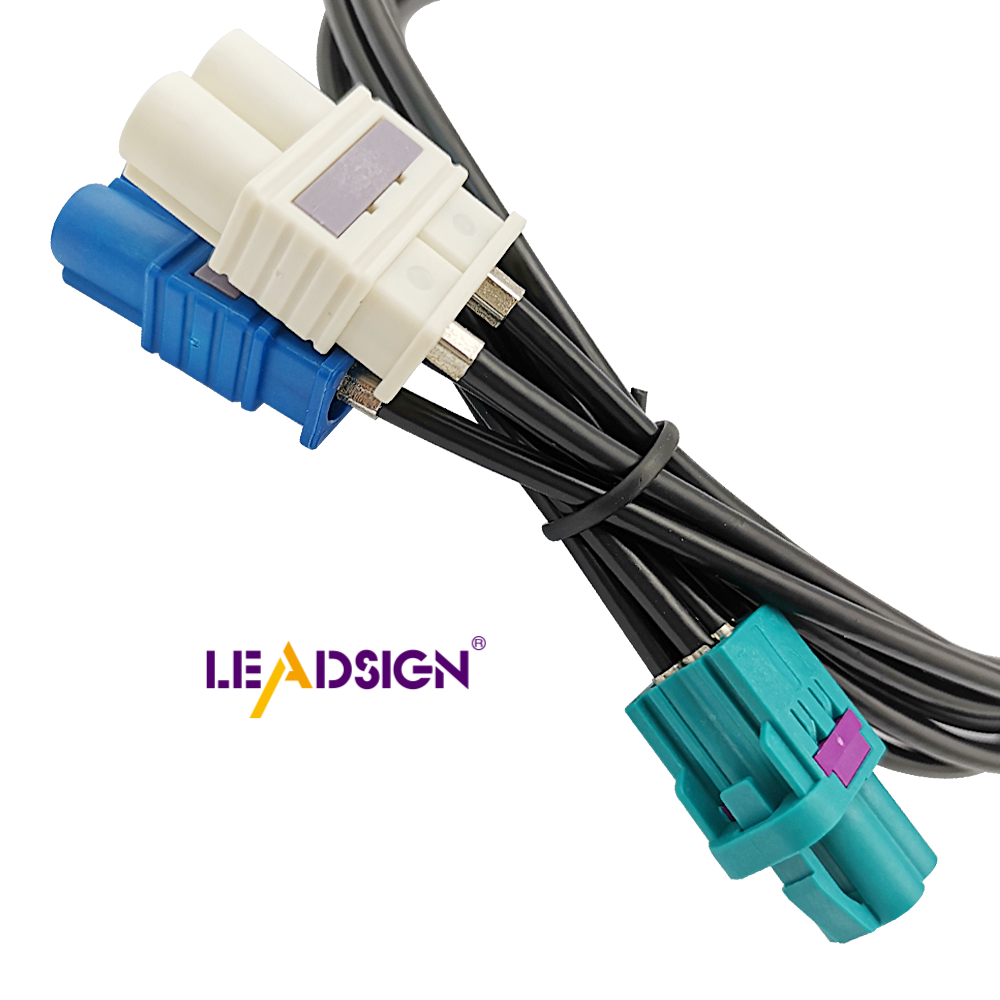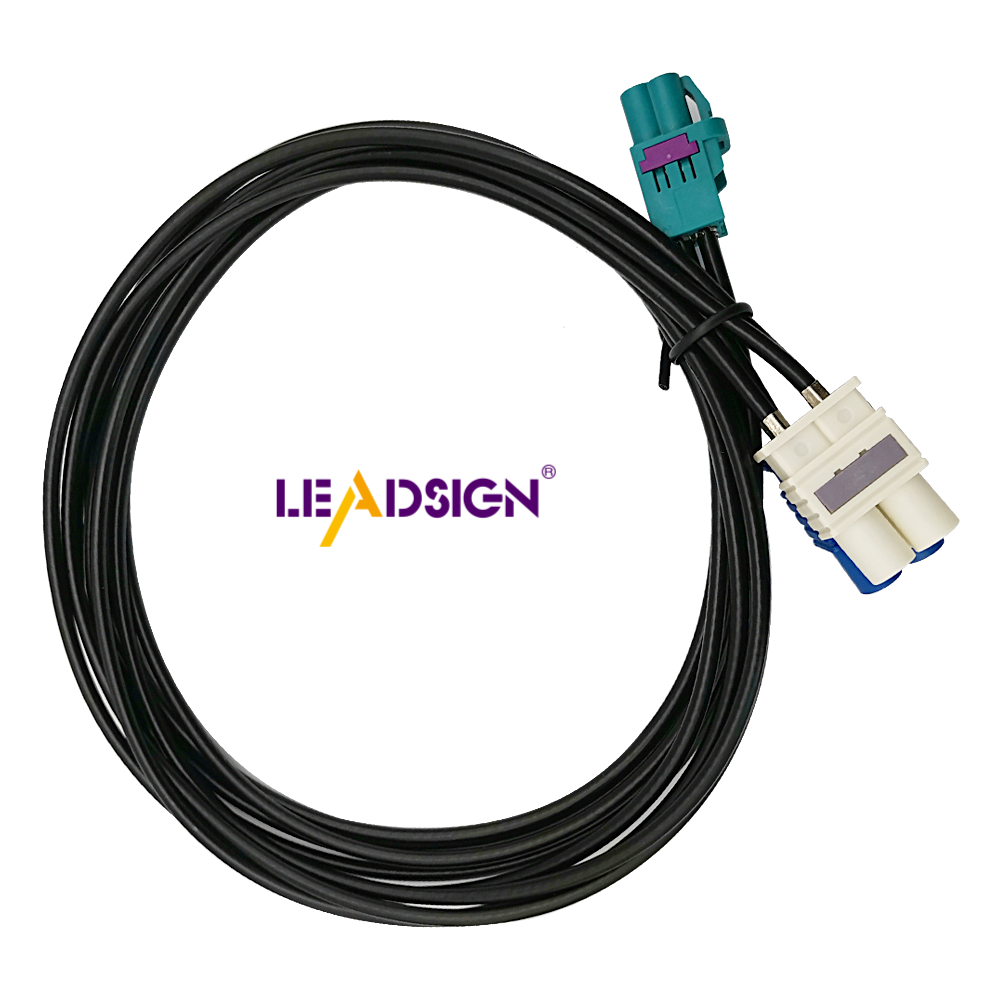A Guide to 50 Ohm Coax Cable Types

You often see 50 Ohm coax cables in RF uses. These cables are important for good signal transmission. They are also used in telecommunications and broadcasting. They help keep communication clear. The demand for these cables is growing, showing their value. When you look at different 50 Ohm coax cable types, you will find their special features and uses. Knowing these differences helps you choose the right cable for your needs.
Understanding 50 Ohm Coax Cable Types

When you look at 50 ohm coax cable types, you find many kinds. Each has its own special features and uses. Knowing these helps you pick the right one for your needs.
RG58
Characteristics
RG58 is a well-liked 50 ohm coax cable. It has a strong copper wire inside that sends signals well. The cable has a Teflon cover and a shield made of copper that blocks interference. This makes it tough and bendy. With an impedance of 53 ohms, RG58 works great in different places.
Applications
You often see RG58 in radio systems. Its small size fits tight spaces. It's good for short connections in telecom and broadcasting gear. Its flexibility makes it great for mobile gadgets.
RG8
Characteristics
RG8 is thicker than other 50 ohm coax cables. Its big size lets it carry more power with little signal loss. It has a solid copper core and strong insulation, making it work well in hard conditions.
Applications
RG8 is used where high power is needed over long distances. You might see it linking antennas to radios or parts in big communication setups. It keeps signals clear over long stretches, which is key for pro broadcasting.
RG213
Characteristics
RG213 is another important 50 ohm coax cable type. It's thick like RG8, giving low signal drop and good quality. It has a solid copper wire and tough cover, making it fit for outdoor use.
Applications
You find RG213 used when long cables are needed with high power handling. It's often used in military areas because it's reliable even under tough conditions. Plus, it's affordable at $0.92 per foot or $90 for 100 feet, making it handy for big projects.
By knowing these 50 ohm coax cable types, you can choose the best one for your job, ensuring good performance.
Comparing 50 Ohm to Other Ohm Ratings

When looking at coax cables, you see two main kinds: 50 Ohm and 75 Ohm. Knowing how they differ helps you choose the right one.
50 Ohm vs. 75 Ohm Coax Cables
Impedance and Uses
Impedance shows how well a cable sends signals. 50 Ohm coax cables are for radio use. They handle strong power with little loss, so they're great for telecoms and broadcasting. These are used where clear signals matter most.
But, 75 Ohm coax cables are for video and sound. They send signals far with less loss, good for home theaters and TV setups.
Good and Bad Points
Each cable type has upsides and downsides:
50 Ohm Coax Cables:
Good:
Great for radio uses.
Handles strong power well.
Low signal loss.
Bad:
Not best for long video distances.
75 Ohm Coax Cables:
Good:
Best for video and sound.
Sends far with less loss.
Bad:
Not fit for strong radio power.
By comparing these types, you see each has its job. Picking the right one depends on what you need it for. Whether it's the strong power of 50 Ohm coax cable types or the long reach of 75 Ohms, knowing these helps get the best results.
Picking the Right 50 Ohm Coax Cable
Choosing the best 50 ohm coax cable needs some thought. You must look at both technical details and practical needs for best results.
Things to Think About
Power Handling
Power handling is very important. Know how much power you need. Different cables handle different power levels. For example, RG8 handles more power than RG58. Match the cable's power with your gear to avoid signal loss or damage.
Environmental Conditions
Where you use the cable matters too. Check if it will be used outside or inside. Outdoor cables need strong covers for weather changes. RG213 is good for outdoors because it's tough. Indoors, you might use flexible cables like RG58. Pick a cable that fits where you'll use it.
Helpful Tips
Matching Cable to Needs
Pick a cable that matches what you need. Think about how far the signal travels. Long distances need cables like RG213 with less signal drop. Shorter distances can use RG58 just fine. Also, think about space for installation; thinner cables fit small spaces better.
Cost Considerations
Cost is key too. Balance quality and price well. While RG213 works great, it costs more money. RG58 is cheaper for easy jobs but still works well enough. Weigh benefits against cost to decide smartly; right choice saves money over time by cutting maintenance costs.
By thinking about these things, you can pick the right 50 ohm coax cable type for your job, ensuring it works well and lasts long while meeting all needs.
50 ohm coax cables are important for RF uses. They have special features for different needs. When picking a cable, think about what you need it for. Check how much power it can handle and where you'll use it. Make sure to match the specs with what you need in real life. By knowing these things, you can pick the right cable that works well and improves your communication systems.
See Also
Harnessing FAKRA Coaxial Cable Connectors for Maximum Efficiency
Maximizing Performance with FAKRA Coaxial Cable Technology
Why FAKRA Coaxial Cables Are Crucial for Automotive Use
Exploring the Flexibility and Advantages of FAKRA Connectors
Discovering the Capabilities of FAKRA Coaxial Cable Connectors

